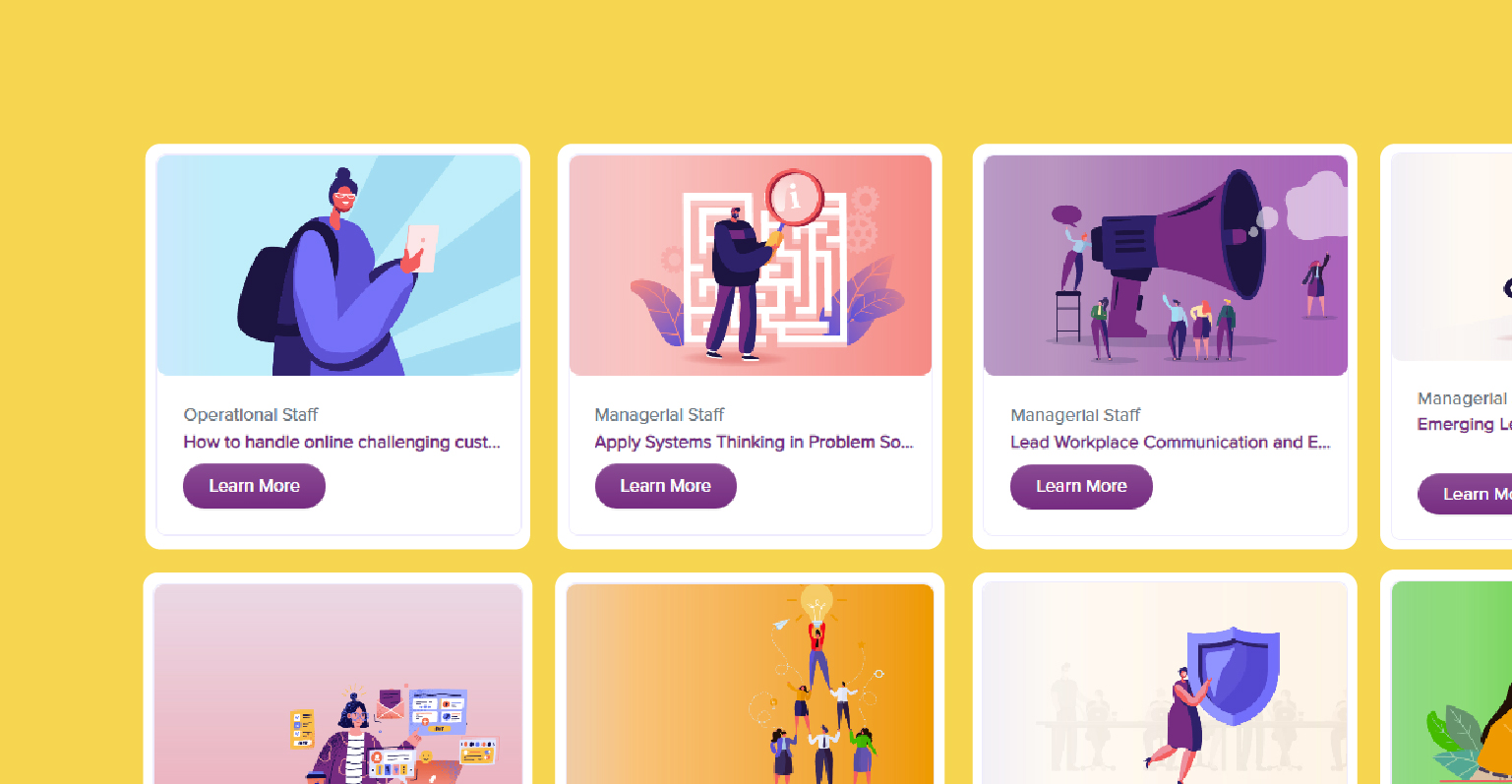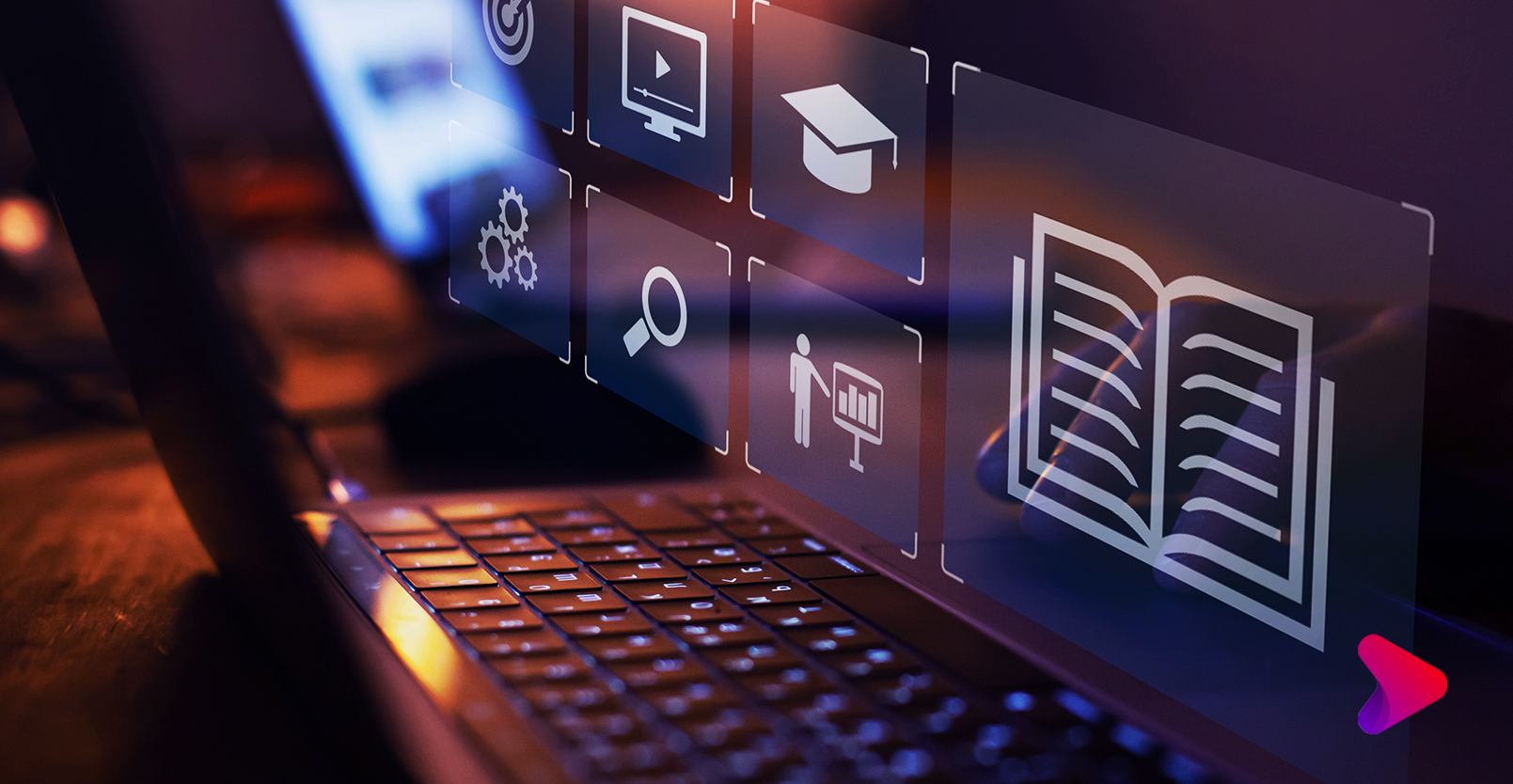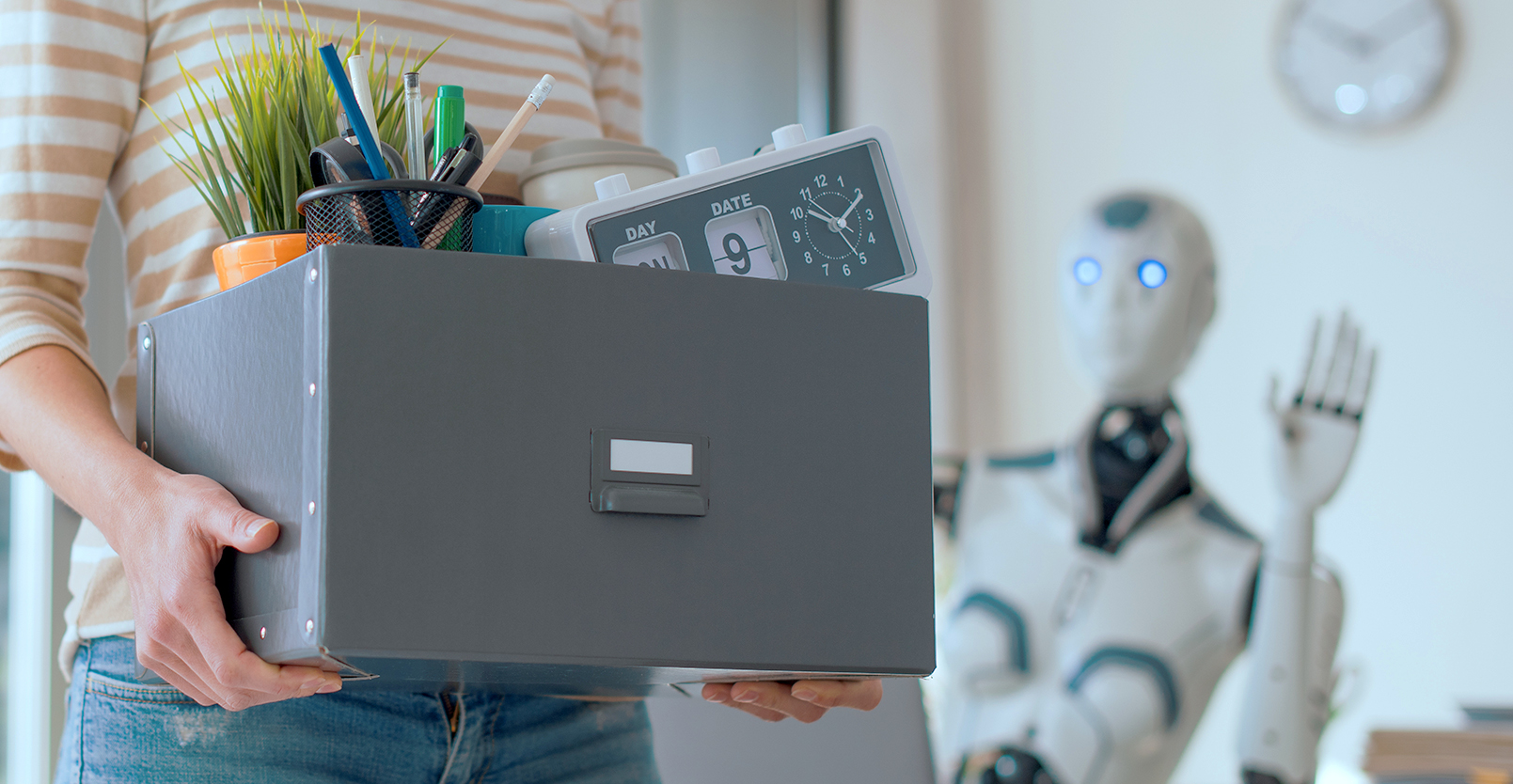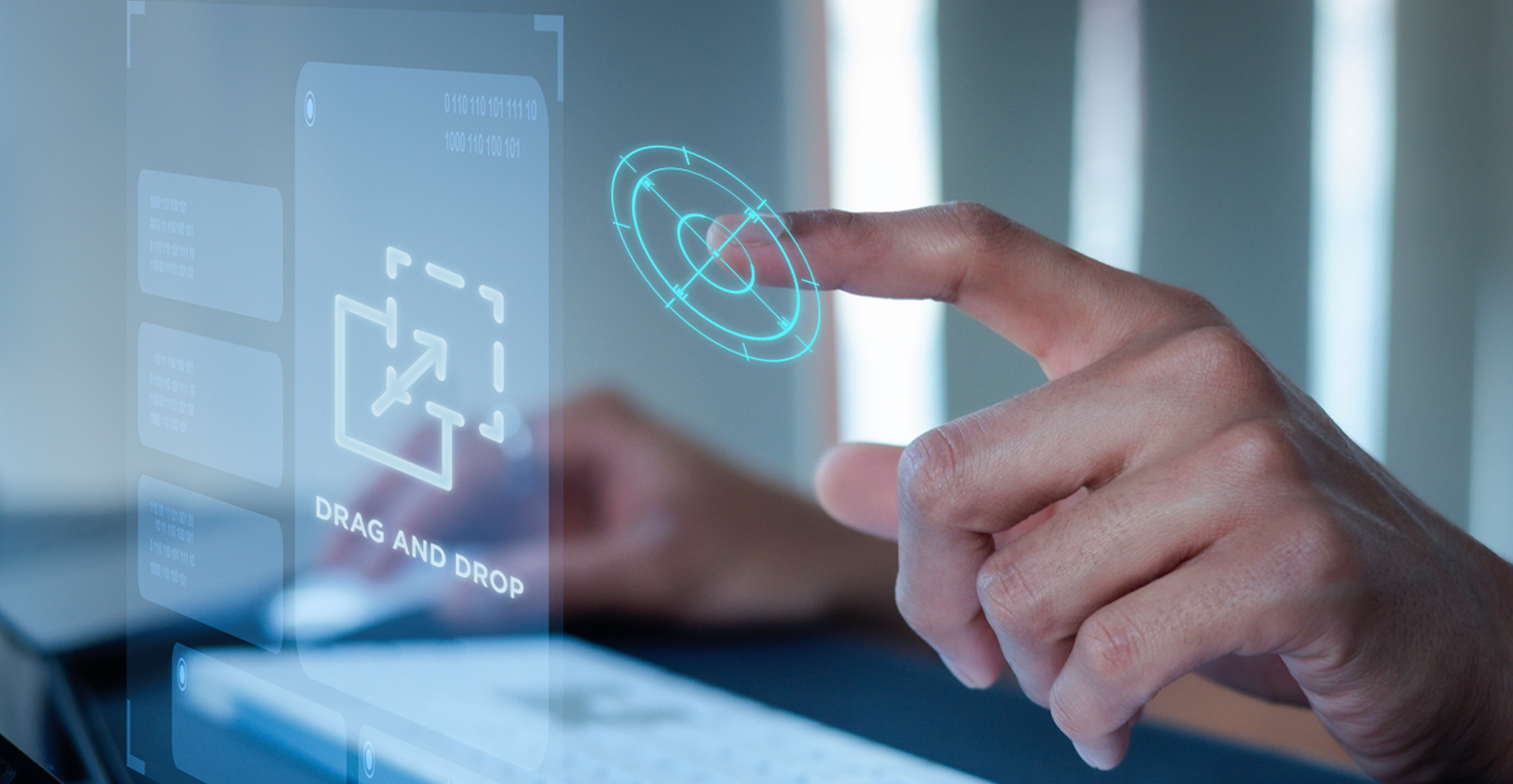Exploring the Concept of Microlearning

Many of us live in a fast-paced world where we’re constantly on the move. The line between our work and personal lives have become blurred. We don’t seem to have time for everything, and committing to an hour of training here and there seems taxing. So, how do we make time to learn new things that can improve both our personal and professional lives?
Fortunately, there’s an approach to learning that has worked well to keep up with the highly competitive world we live in today: microlearning.
What is Microlearning?
Microlearning is a learning strategy in which long and complex content is broken down into smaller, shorter, bite-sized learning modules for quick and effective knowledge transfer. It typically highlights the most important information which can be efficient for today’s professionals with hectic schedules and short attention spans who want to acquire critical skills.
Characteristics of Microlearning
Whether it is used informally or as part of a structured learning experience, microlearning has a few consistent characteristics:

- Conciseness or Brevity. All activities based on this type of learning are done in short periods of time, 3-10 minutes and no more than 20 minutes. Learning content should be as simple as possible to keep information easy to follow and explanations relevant.
- Granularity. Each micro-lesson focuses only on one specific concept and learning objective.
- Diversity. Microlearning can be in the form of various learning content, such as infographics, quizzes, videos, interactive games, and other modes that learners find effective.
- Accessibility. Microlearning can be compatible with a wide range of devices, including smartphones, laptops, and tablets, which learners can use at any time and from any location.
Why Is Microlearning a Better Way of Training?
There are several reasons why microlearning is valuable for many businesses. Let’s take a look at what it can help you accomplish:
- Improves Knowledge Retention
According to the Ebbinghaus Forgetting Curve, 50% of humans tend to forget the information they take in within one hour, and the number grows to more than 90% within a week. To prevent the Forgetting Curve, one research suggests the spaced repetition. This leverages a memory phenomenon called the spacing effect, in which learning is more effective when study sessions are repeated and spaced out.
Microlearning can be an ideal medium for spaced repetition. Think about it: microlearning allows instructors to create small doses of training activities that are easy to absorb and recall. These small units of exercises can be delivered to learners at regular intervals, allowing them to have the time to absorb and remember the lesson. Over time, the same microlearning content can be repeatedly presented in different formats, such as videos, and infographics, improving learners’ comprehension and ability to use the knowledge in their varied occupations.
- Offers Flexibility for Learners
Whether employees are traveling or working remotely, microlearning enables them to access and complete their training from any time, anywhere, and from any device. It allows employees the option to consume training on their own terms, whether that means viewing modules during their downtime or from the comfort of their own homes.
For instance, a traveling employee can take a 7-minute training session while grabbing a cup of coffee on the road. In this sense, microlearning takes learners’ needs into account, providing them with the flexibility they want in the modern workplace.
- Facilitates Just-in-time Learning
Some of us often grab our phones and search Google for quick answers whenever we’re curious or intrigued by something. If this is the case, then we may have engaged in some form of just-in-time learning, in which people receive critical information at the moment of their needs. This can be accomplished similarly with the use of microlearning courses.
Since microlearning is bite-sized and easily accessible, it enables learners to acquire skills and access resources as soon as they need them. For instance, a health care professional may want a brief refresher on how to utilise a new technology in their clinic. This employee can learn by logging into the clinic’s database and completing a simple micro-lesson via a short video. By doing this, this expert can gather knowledge more quickly and provide better care to patients.

Microlearning is a key strategy that many companies can take advantage of to provide non-disruptive training that fits into their employees’ work schedules. Whether it be for onboarding or upskilling, employees can obtain the necessary support at the right moment to maximise performance and productivity. It may be in a diminutive size, but microlearning can provide learners access to enormous amounts of essential knowledge without compromising results and learning outcomes.
Want to learn more about developing the best training strategies for your employees? Get in touch with us today! We’d love to hear about your business!
Related Topics

The Value of Human Wisdom in AI-Driven Learning and Development
AI is leading the way in transforming education. However, it...

Digital vs. Customised Learning: What’s the Difference and Why it Matters
As organisations increasingly turn to online platforms to deliver learning...

e-Learning: How does AI Personalisation Work?
AI personalisation is changing the landscape of online learning. By...

FOBO: The Fear of Becoming Obsolete (Infographic)
Experiencing a sense of being left behind and finding it...

Discovering No-Code Development
Picture a scenario where you have a small clothing business...